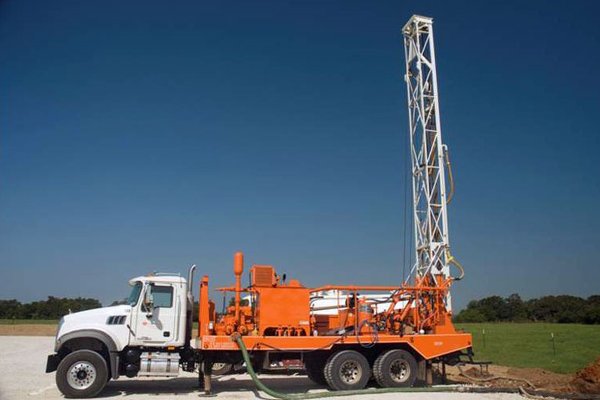
Having a reliable water supply is crucial for any property owner, and drilling a water well is one option to consider. It offers independence from municipal water sources and can be a sustainable solution in areas with limited water resources. If you’re wondering whether you can drill a water well on your property, this article will provide you with valuable insights and guidance.
Understanding Water Wells
A water well is a structure that taps into underground water sources, allowing you to access a private water supply. There are different types of water wells, including dug wells, driven wells, and drilled wells. Dug wells are shallow and typically excavated by hand or with machinery. Driven wells involve installing a pipe into the ground using specialized equipment. Drilled wells, on the other hand, are deeper and created by drilling into the earth using a drilling rig.
Before you decide to drill a water well, several factors should be considered. The first is the availability of water on your property. It’s important to assess the potential water source and the depth at which it can be accessed. Additionally, factors such as the geological composition of the area and the quality of the water should also be evaluated.
Researching Local Regulations
Before embarking on any well drilling project, it’s crucial to research and understand the local regulations governing water well installation. Zoning and property laws may dictate the specific requirements or restrictions for drilling a water well on your property. It’s advisable to consult with local authorities or professionals who can provide guidance on the permits and regulations you need to adhere to.
Assessing Feasibility
Determining the feasibility of drilling a water well requires a comprehensive evaluation. Engaging the services of a professional water surveyor can provide valuable insights into the potential water availability on your property. They will conduct tests and surveys to assess the underground water resources, helping you make an informed decision.
Additionally, analyzing the soil and geological conditions is essential. Different soil types have varying permeability, which affects water flow. Geological studies can identify potential obstacles such as bedrock or aquifer depth, which may impact the success of the drilling project.
Hiring Professionals
Drilling a water well is a complex task that requires specialized knowledge and equipment. Hiring licensed well drillers is crucial to ensure the job is done safely and efficiently. Research reputable well drilling companies in your area and obtain multiple quotes to compare services and prices. It’s advisable to choose a company with a solid track record and positive customer reviews.
Obtaining Necessary Permits and Permissions
Drilling a water well often requires obtaining permits and permissions from local authorities. The specific requirements may vary depending on your location, so it’s important to identify the necessary permits and understand the application procedures. Compliance with environmental and safety regulations is essential to protect both your property and the surrounding ecosystem.
Financial Considerations
Drilling a water well comes with financial implications. The costs associated with drilling a well can vary based on factors such as the depth of the well, equipment required, and geological conditions. It’s important to estimate these costs and budget accordingly. Additionally, consider any additional expenses such as equipment maintenance, water quality testing, and potential upgrades. Exploring financing options or assistance programs can help alleviate the financial burden associated with drilling a water well.
Drilling Process and Potential Challenges
The drilling process involves several steps. Initially, the drilling rig is set up, and the drilling process commences. As the drilling progresses, drilling fluid is used to lubricate and cool the drill bit, and a casing is inserted to protect the well. Once the desired depth is reached, the well is developed to improve water flow and remove any obstructions. Finally, the well is equipped with a pump and connected to a distribution system.
While drilling a water well offers numerous benefits, it’s important to be aware of potential challenges. Obstacles such as hard rock formations or limited water availability can arise during the drilling process. However, with professional expertise and equipment, most challenges can be overcome.
Maintenance and Monitoring
Once the water well is drilled and operational, regular maintenance is crucial to ensure its longevity and functionality. Regular inspections, testing, and maintenance activities should be conducted to identify and address any potential issues. Water quality testing is particularly important to ensure the water is safe for consumption. Implementing a monitoring system will help detect any changes in water quality or quantity, enabling prompt action to be taken if necessary.
Conclusion
Drilling a water well on your property can provide a reliable and independent water supply. However, it requires careful consideration, research, and adherence to local regulations. Assessing feasibility, hiring professionals, obtaining necessary permits, and budgeting appropriately are essential steps in the process. By following these guidelines and seeking expert advice, you can make an informed decision about drilling a water well and enjoy the benefits of a private water supply.